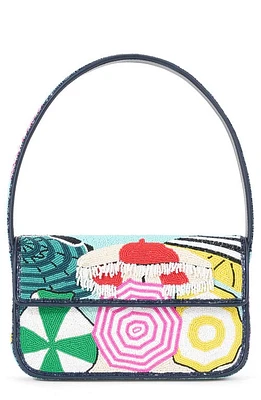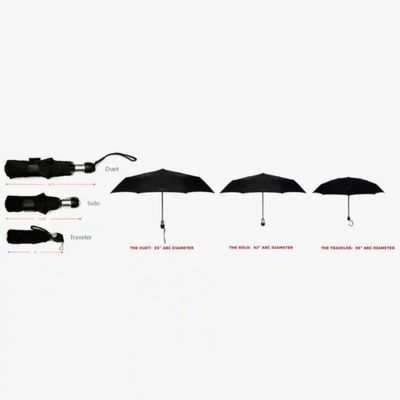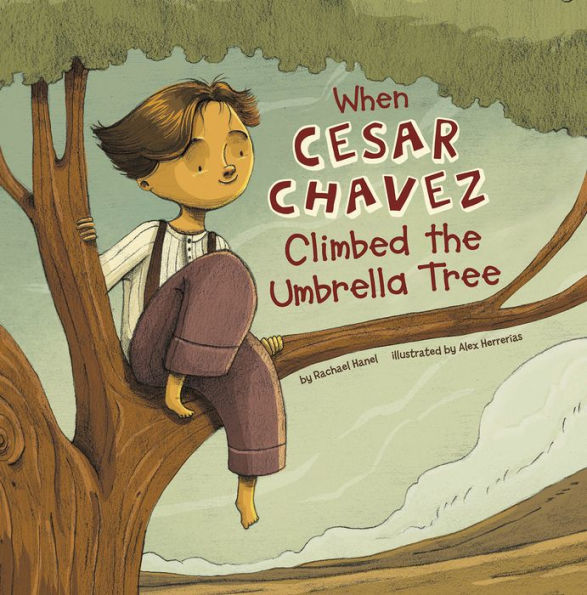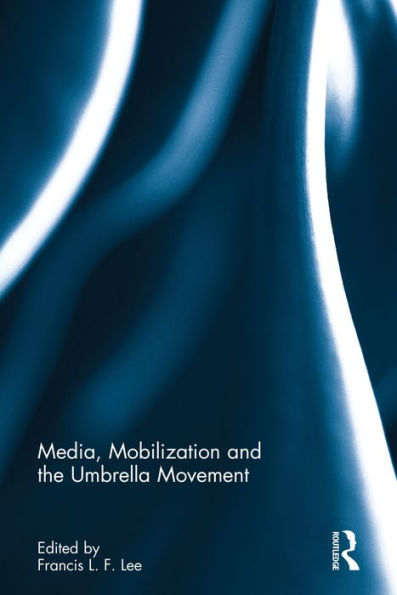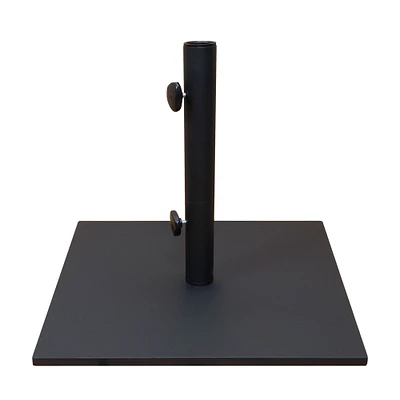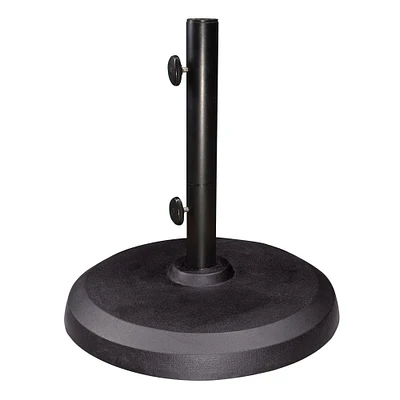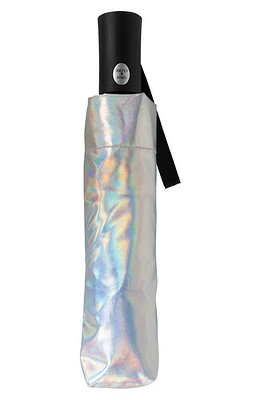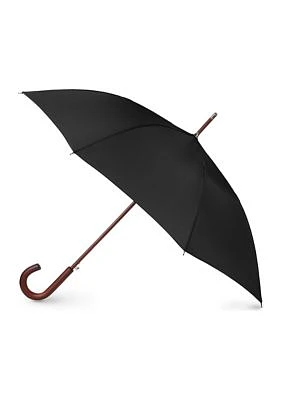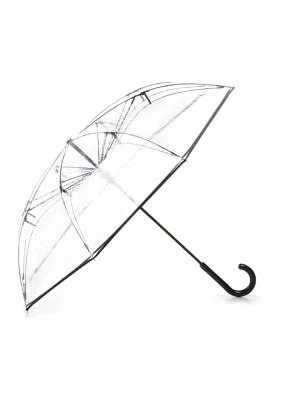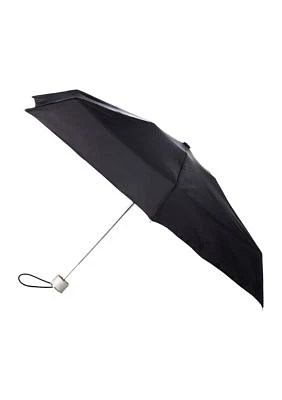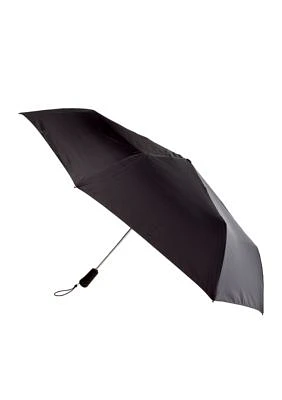Home
The Umbrellas
Barnes and Noble
The Umbrellas
Current price: $13.99
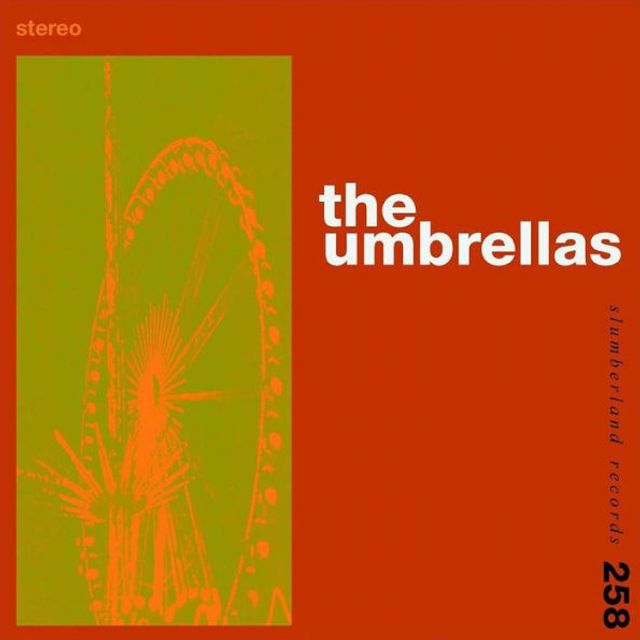

Barnes and Noble
The Umbrellas
Current price: $13.99
Size: OS
Loading Inventory...
*Product information may vary - to confirm product availability, pricing, shipping and return information please contact Barnes and Noble
There's something immediately familiar about the sound that Bay Area indie pop group
the Umbrellas
constructs on their debut LP. The jangling guitars, wistful and lovelorn melodies, vocal trade-offs, and consistent energy that's both upbeat and dissatisfied are all hallmarks of the twee movement of the late '80s and early '90s, and the occasional ring of a 12-string guitar lead or the clink of a particularly placed tambourine hint at the subtle influence of the paisley underground bands.
The Umbrellas
wear these influences proudly, mixing direct reference points until they land on something new. "Autumn" is a perfect example, with froggy baritone lead vocals and a childlike melody that could be a dead ringer for
Beat Happening
, but swimming distorted guitars, twinkling glockenspiel, and tight rhythmic changes constituting an instrumental far more sophisticated than was standard for the
K Records
roster in the '90s. There are similar marriages of specific reference points throughout the album. The jaunty bounce of "Happy" melds fizzy hooks that recall
Tiger Trap
with the post-
Smiths
guitar work of any number of
Sarah Records
bands, and "Pictures" follows a formula but adds a dash of the downtrodden melodic character that lesser-known shoegaze bands like
Moose
and
Lilys
perfected. Several songs from the group's self-recorded 2020 EP
Maritime
resurface here, replacing the drum-machine rhythms and relatively lo-fi sound of the EP with lively organic drumming and expanded production. Of the re-recorded tracks, the wide-eyed "City Song" stands out among the best songs on the album, perfectly capturing the blend of excitement, loneliness, and metered optimism that comes with moving to a new city. Despite
' liberal borrowing from previous generations of disaffected twee bands, the album still feels genuine.
descend from a niche sector of indie rock's history, and their revisitation of music that existed mostly as obscure 7"s might ring some alarms for those speculative that the band are simply trying to reenact a time that came long before they formed. This notion is overridden by both how well-crafted every song on the album is, and in the way the band present vulnerable feelings without fear or defensiveness. Though they've clearly studied the groups they're enamored with,
' songs are all their own, with lyrics about homesickness, ennui, and struggling to connect ringing true in a way that feels universal. ~ Fred Thomas
the Umbrellas
constructs on their debut LP. The jangling guitars, wistful and lovelorn melodies, vocal trade-offs, and consistent energy that's both upbeat and dissatisfied are all hallmarks of the twee movement of the late '80s and early '90s, and the occasional ring of a 12-string guitar lead or the clink of a particularly placed tambourine hint at the subtle influence of the paisley underground bands.
The Umbrellas
wear these influences proudly, mixing direct reference points until they land on something new. "Autumn" is a perfect example, with froggy baritone lead vocals and a childlike melody that could be a dead ringer for
Beat Happening
, but swimming distorted guitars, twinkling glockenspiel, and tight rhythmic changes constituting an instrumental far more sophisticated than was standard for the
K Records
roster in the '90s. There are similar marriages of specific reference points throughout the album. The jaunty bounce of "Happy" melds fizzy hooks that recall
Tiger Trap
with the post-
Smiths
guitar work of any number of
Sarah Records
bands, and "Pictures" follows a formula but adds a dash of the downtrodden melodic character that lesser-known shoegaze bands like
Moose
and
Lilys
perfected. Several songs from the group's self-recorded 2020 EP
Maritime
resurface here, replacing the drum-machine rhythms and relatively lo-fi sound of the EP with lively organic drumming and expanded production. Of the re-recorded tracks, the wide-eyed "City Song" stands out among the best songs on the album, perfectly capturing the blend of excitement, loneliness, and metered optimism that comes with moving to a new city. Despite
' liberal borrowing from previous generations of disaffected twee bands, the album still feels genuine.
descend from a niche sector of indie rock's history, and their revisitation of music that existed mostly as obscure 7"s might ring some alarms for those speculative that the band are simply trying to reenact a time that came long before they formed. This notion is overridden by both how well-crafted every song on the album is, and in the way the band present vulnerable feelings without fear or defensiveness. Though they've clearly studied the groups they're enamored with,
' songs are all their own, with lyrics about homesickness, ennui, and struggling to connect ringing true in a way that feels universal. ~ Fred Thomas
